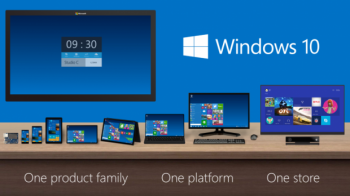It looks like Google will throw it's hat in the ring with a new operating system for IoT devices at Google IO, today or tomorrow.
 The product's internal project name is "Brillo" and it’s been under development under the Android brand for some time.
The product's internal project name is "Brillo" and it’s been under development under the Android brand for some time.It’s designed to use very little memory (32-64 MB) – much less than current Android phones, which require at least 512 MB of memory – perfect for smart-locks, sensors, security systems, appliances, etc. It looks like it will also integrate with Nest products that Google bought earlier. It should be available free to hardware manufacturers and will likely use Chromebook apps or Android apps to control and manage your home.
So, we’ll be watching Apple, Microsoft and Google compete in this space. It will likely take some time for this to shake out and it’s much too early to predict a winner – none have really cracked the security issues surrounding IoT – operating system maintenance and patching will be important to any successful attempt to win this market.
Why "Brillo"? Who knows?


















 \
\